Independent Collectors
Gill Bronner
Interview with the collector behind the Philara Collection.

After moving to its new location in the summer of 2016, Düsseldorf’s Philara Collection is the leading private collection of the city.
IC
Last year you moved to a new location – a former glass factory – in Düsseldorf Flingern. Could you tell us some more about the district and the new space?
GIL BRONNER
Flingern is a working-class district close to the center of Duesseldorf, which has recently been developed significantly due to the local boom in real estate. It has gone through a gentrification process similar to comparable districts in other cities, like the Meatpacking District in New York.
The nucleus of the rise in the number of art galleries, was the Konrad Fischer Gallery, which has been in Flingern close to our location for over twenty years. My move, or rather since I began planning to move, coincided with the move of many contemporary art galleries to the same area, more or less uncoordinated. For me the move to the new space was originally motivated by the rather banal fact, that it is a much shorter trip from my home, than the original space in Reisholz. Also the building we converted has a raw industrial charm. Of course the new space is much larger and demands much more work and time but this is very fulfilling.
IC
What is the usual procedure you follow when organizing exhibitions of your collection?
GIL BRONNER
Generally, when we invite artists that are often already part of the collection, or will be in future, we ask them to make suggestions according to the plans and the model of the space. Or we make suggestions based on a body of work that we liked. Then generally they then fine-tune this during the hanging process with Katharina Klang, my curator and Ruben Smulczynski, her assistant.
Of course these things are dependent on where the artist comes from and how much time there is. Generally speaking, the process takes about a week but sometimes with local artists it can take up to three weeks, and of course it is also dependent on the complexity of the installation. We have not had any curated shows at the collection yet, other than the permanent collection that was mainly organized by Katharina and Ruben. Sometimes I’m also allowed to say something!
IC
In your collection emerging local talents meet established Düsseldorf artists as well as international artists. Is it necessary to have a special way of thinking, of feeling, to create a collection like this?
GIL BRONNER
I think it is necessary to have a certain passion (if not an obsession, which could probably be clinically analyzed) to create a collection of certain proportions. I never aimed to specifically create a collection where these established and younger positions are juxtaposed. This is just a way they are being shown, which we find very interesting. All works that I acquired I have tried to acquire due to a certain quality that I saw in them. We believe it is important to be able to give younger artists a forum where their works can be seen on a, more or less, longer-term basis.
I am not inclined to measure the success of my collection due to a short-term valuation, possibly created by hypes of certain younger artists. Only time will tell how 'successful' I was.
GIL BRONNER
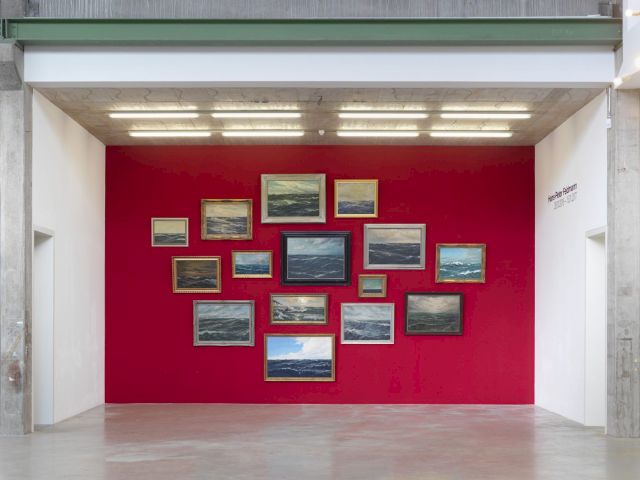
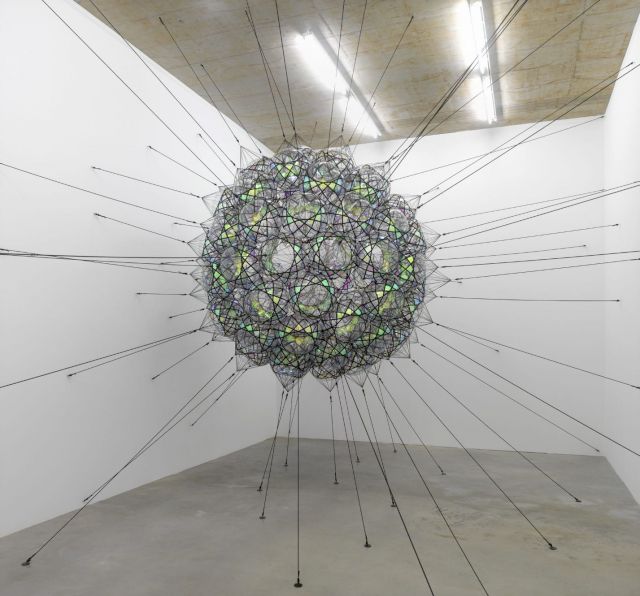
IC
What do you think is the key to having a successful collection?
GIL BRONNER
There is no key, as such, to creating a successful collection. I am not inclined to measure the success of my collection due to a short-term valuation, possibly created by hypes of certain younger artists. Only time will tell how “successful” I was. I saw the Shchukin Collection at the Fondation Louis Vuitton in Paris last week. That was a successful collection created with an immense eye for quality, a hundred years ago. That would be something to aspire to.
IC
Could you name the most powerful artwork you have seen or bought recently? An artwork that has truly moved you, touched you or shocked you?
GIL BRONNER
It is incredibly difficult to single out any artwork I have bought recently. Many things touch me, but in an artistic way rather than sentimentally and perhaps, like most people, due to recent history and the new media, it has become increasingly difficult to shock me.
IC
Do you think the art of today has the power to change something in society?
GIL BRONNER
Generally I would say that the majority of very contemporary artists, at least in Germany, create apolitical works that are more focused on art itself, rather than general events. Perhaps political events of significance occur in too rapid a succession and are frequently too absurd to react to adequately. Art can only create awareness to certain facts, at best I don’t really believe it has a power to change anything. Often artists that describe faults in the system, like Ai Wei Wei, become popstars, thus loosing authenticity. Very few artists, in my view, succeed on commenting political events or historical events well. A few, that come to mind are Marcel Odenbach, Rirkrit Tiravanija or even David Shrigley.
I used to be inclined to say that my taste has become more conceptual with time, but I would now revise that statement, as I feel there is no good art, no matter in what medium without a concept.
GIL BRONNER

IC
Do you have the time to just sit back and look at a piece of artwork you have just bought?
GIL BRONNER
It is not so much a question of time, rather than space, that robs one of the possibility to properly contemplate new acquisitions. Also unfortunately, ones look has become much too fleeting, this is probably a sign of the times.
Katharina actually took this aspect, as an idea for an event which we will, hopeful implement on a regular basis in future. We wanted to invite visitors to sit with us for an evening with food and wine, concentrating on only one specific work of art. Thus, hopefully giving it the depth of concentration it deserves.
IC
Where do you see your collection in the future?
GIL BRONNER
I of course hope that my collection, particularly pertaining to younger artists, will be of some significance in the future and my extremely subjective view is that I might be on the right tracks. But, as mentioned above, only time will tell.
IC
How has your collecting habit/style changed over the years?
GIL BRONNER
Like many collectors that spend a lot of time with art, I believe one develops a certain eye for quality but the level and intensity of collecting is also strongly influenced by budgetary restrictions or possibilities. On the whole, having a museal space opens the possibility to acquire installative works one would not acquire to show at home.
I used to be inclined to say that my taste has become more conceptual with time, but I would now revise that statement, as I feel there is no good art, no matter in what medium without a concept. Something absolutely beautiful does not have to be automatically stupid or banal, and something coarse and sparse does, not have to be automatically clever.
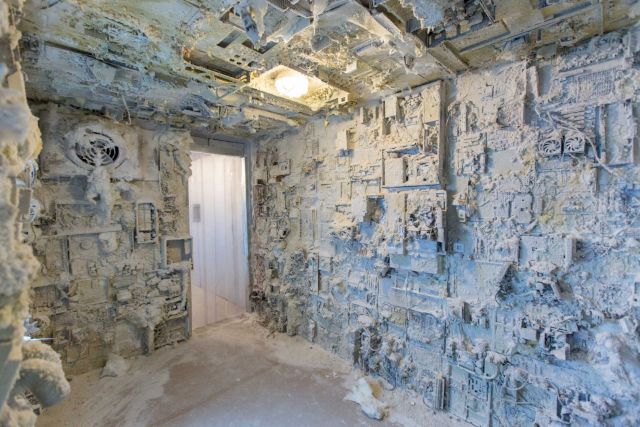

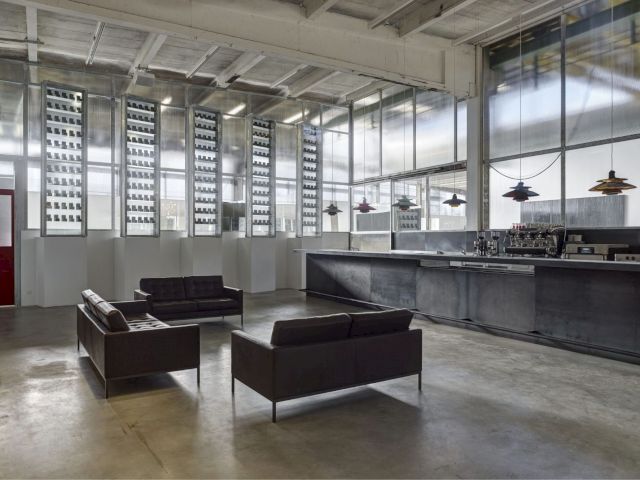
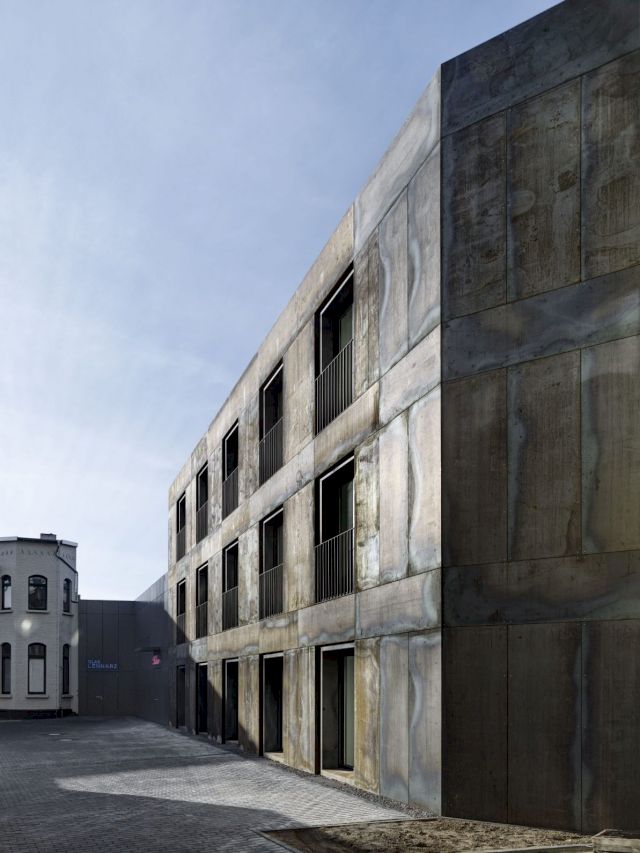
For more information visit the Philara Collection.